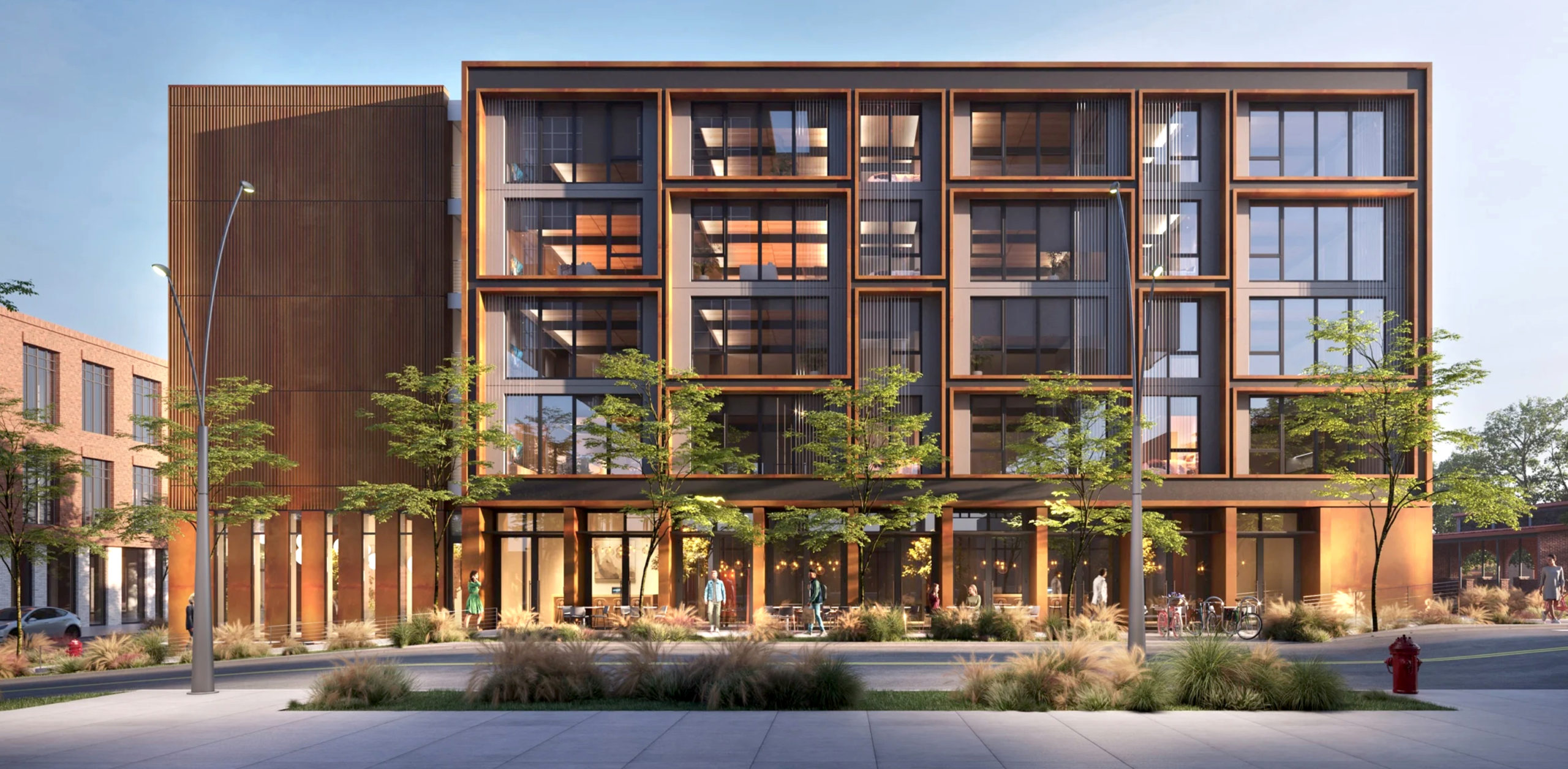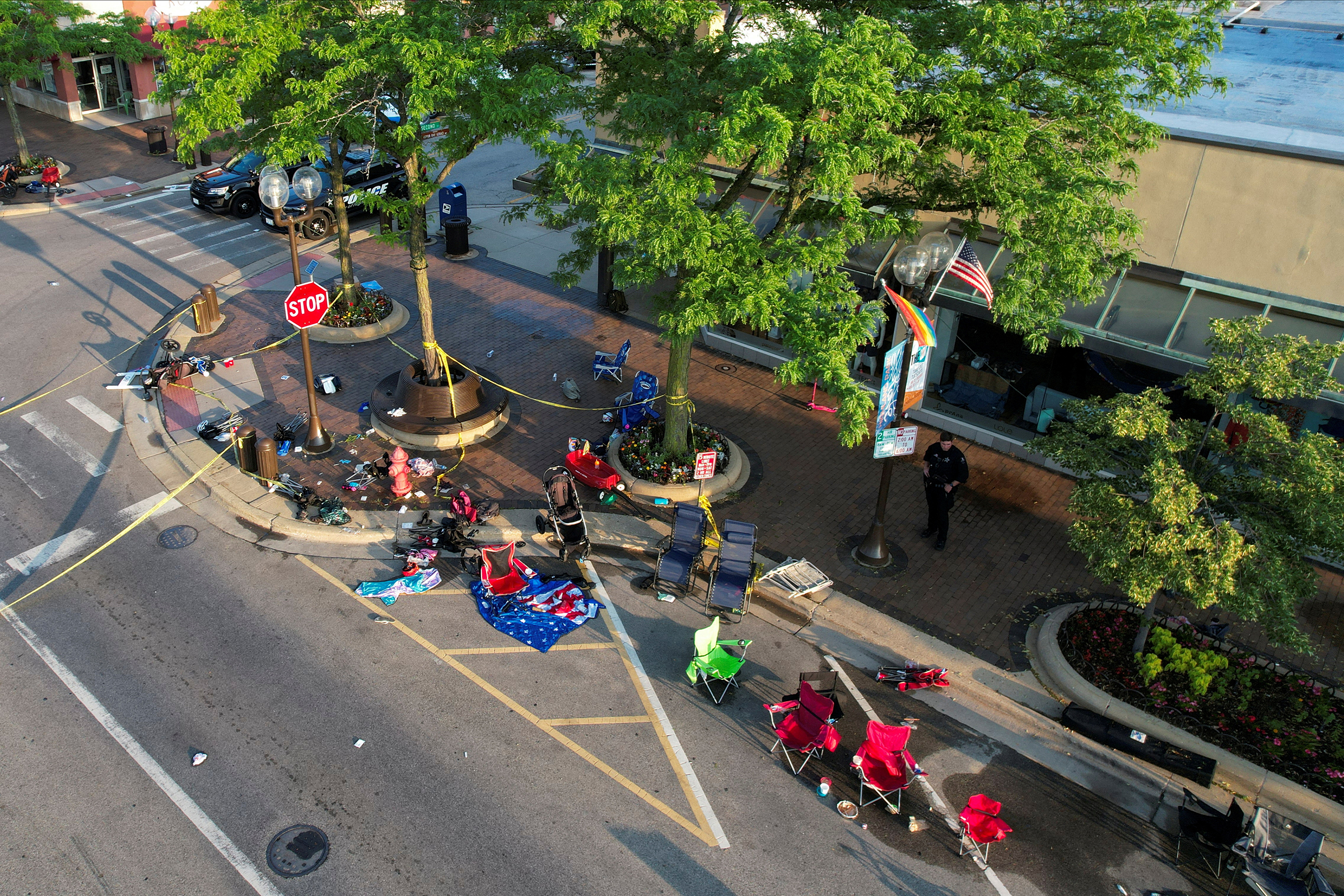Every day in Austin, an invisible exchange takes place beneath your feet — the ceding of valuable land to vast amounts of free parking, which you pay for all the time even if you never use it. Parking takes up space, space costs money, and that cost along with the cost of constructing the parking in the first place is hidden everywhere and passed on to you as a consumer. For instance, when a residential building is required to offer a number of spaces per unit, that parking not only takes money to build but results in fewer units in the building overall, and can increase the project’s final cost by tens of thousands of dollars — leading to a higher price tag for each residence.
A recent study found that the parking spaces required for shopping centers in Los Angeles increase the cost of building a shopping center by 67 percent if the parking is in an aboveground structure and by 93 percent if the parking is underground. Retailers pass this high cost on to all shoppers, regardless of how they travel. People who cannot afford a car pay more for their groceries so richer people can park free when they drive to the store.
That’s true for housing, too. Small, spartan apartments cost less to build than large, luxury apartments, but their parking spaces cost the same. Because many cities require the same number of spaces for every apartment regardless of its size or quality, the required parking disproportionately increases the cost of low-income housing. One study found that minimum parking requirements raise housing costs by 13 percent for families without cars.
The secret costs of parking minimums are built into the fabric of our cities, so you can’t opt out of paying for parking by driving less and choosing to walk, bike, or use transit instead. This is the gospel of UCLA urban planning professor Donald Shoup, who has nearly single-handedly changed the conversation about parking policy in cities since the publication of his book, The High Cost of Free Parking, back in 2005 — and in 2022, it’s time we joined that conversation. As the city considers its available levers of power to address a looming housing crisis decades in the making with no end in sight, this is the year Austin must work to end parking minimums citywide.
Austin’s current land development code mandates a minimum amount of parking for every new development outside of the downtown area, plus a small number of designated planned unit development (PUD) and transit-oriented development (TOD) districts like Mueller and Saltillo. Developments built in vertical mixed-use (VMU) zoning areas along some major corridors are also permitted to reduce their parking to 60 percent of typical code requirements, and a number of the city’s density bonus schemes intended to incentivize affordable housing offer certain parking reductions — but all of the exceptions described above represent a tiny percentage of our total growth, and thus the city’s development boom is also a parking boom.
At least two parking spaces are needed per single-family home, duplex unit and townhome; apartments need roughly one space per bedroom. Standalone churches and temples need a parking space per 180 inches of linear pew space. To build a 2,500-square-foot bar, it needs to accommodate at least 25 drivers—a more than 10,000-square-foot bar requires room to temporarily store a minimum of 400 cars.
For developers, these laws pose an expensive obstacle—from surface parking lots to subterranean garages, parking construction can cost between $10,000 to more than $40,000 per space, industry experts say. To transportation experts, on-site parking requirements incentivize driving and work against the city’s efforts to reduce car dependency. In Austin’s neighborhoods, some say the existing rules prevent their streets from becoming lined with cars. Most of the city’s neighborhoods significantly lack sidewalk infrastructure and residents say car-lined curbs unsafely force pedestrians into the middle of the street.
Our existing code is a piecemeal system, reflecting the depressing reality that its policies drafted for the Austin of 1984 are painfully unequipped to embrace the city’s current direction of growth, yet seemingly impossible to fully overhaul in the current political environment — but ending parking minimums doesn’t have to go that way. The removal of these requirements is almost an ideal urban policy pursuit, since with little effort its basic message appeals to a broad spectrum of ideology.

The 2019 implosion of a parking garage in West Campus. Image: Philip Ulrich / YouTube
Parking minimums manage to violate the ideals of both conservative free market capitalism and left-liberal progressivism by encroaching on private property rights and doing immense harm to the environment, simultaneously contributing to sprawl and unaffordability while adding needless obstacles to new development. You could brand an effort to remove these minimums as “Parking Freedom” or “Climate Parking” without losing any honesty between the two messages.

Thanks to its location inside the Saltillo TOD, the Juno apartment project in East Austin is able to offer uniquely-designed mass timber apartments without parking. Image: Juno / Ennead Architects
What’s perhaps most important to emphasize while promoting such a policy change is the fact that it wouldn’t actually completely eliminate parking in most cases. Developers and their investors want to build profitable buildings, meaning projects that really need parking beyond what’s required for ADA accessibility will continue to build whatever quantity of additional parking meets market demand — just look at downtown Austin, where almost all new buildings still tend to include some degree of parking even though it’s no longer required.
After Minneapolis cut its parking requirements in half, the rental rates for new studio apartments dropped from $1,200 to $1,000 a month due to the money developers were able to save by building less parking. That math makes sense considering the cost of constructing parking: Each surface lot space costs upwards of $5,000 each, above-ground garages cost $25,000 per parking spot and below-ground parking averages $35,000 per space. One 2016 study from UCLA estimated that “garage parking typically costs renter households approximately $142 per month, or an additional 17 percent of a housing unit’s rent.”
With these minimums removed, we’re simply allowing the construction of denser and more diverse types of buildings where it makes sense, and in many cases you can already see the possible benefits — by receiving a variance to reduce its parking to just 53 spaces for 210 beds, the Shoal Cycle project on the way in the northwest corner of downtown Austin can target its apartments to people making $55,000 a year, which if you’ve looked at rents in new buildings downtown lately is pretty incredible.
"American urban history is stained with tragic missteps and shameful injustices, so parking requirements are hardly the worst policy cities have tried. But they are notable for how much needless damage they have caused," @MichaelManvill6 writes: https://t.co/mOiBlzgFmJ
— The Atlantic (@TheAtlantic) May 18, 2021
It’s not the first time we’ve seen this idea around here — a recommendation from the city’s Pedestrian Advisory Council succinctly laid out the whole argument back in 2019, but the idea seemed to die on the vine and hasn’t shown back up in earnest since then. As Austin prepares for a generational change in transit infrastructure with the construction of Project Connect, removing parking minimums citywide would represent a genuinely forward-thinking decision in a city so often criticized for failing to adequately imagine the possibilities of its own future. It won’t solve the housing crisis on its own, but it’s one step in the right direction — and we could do it right now.
Related
"time" - Google News
January 21, 2022 at 09:48PM
https://ift.tt/3fOaDU6
In 2022, It's Time for Austin To End Parking Minimums Citywide - TOWERS Austin
"time" - Google News
https://ift.tt/3f5iuuC


No comments:
Post a Comment